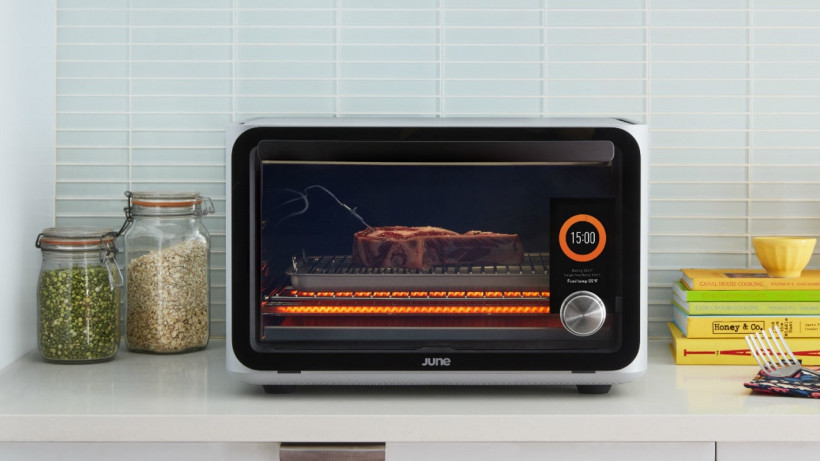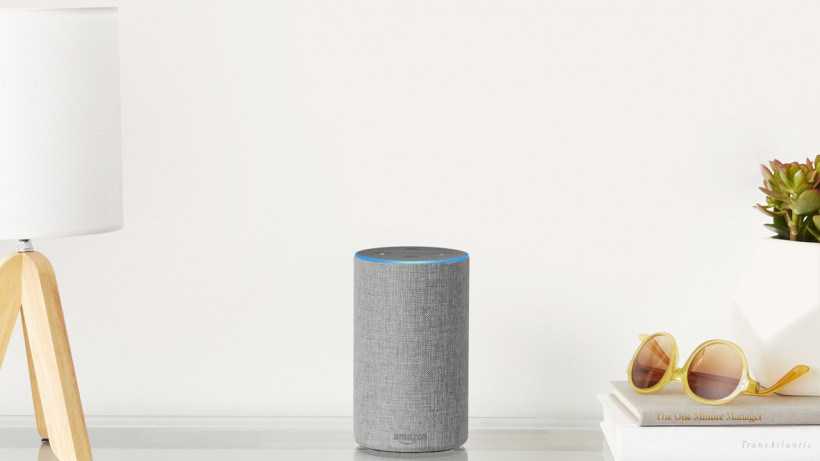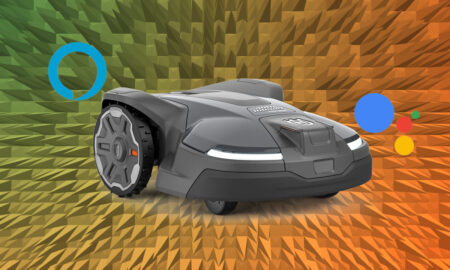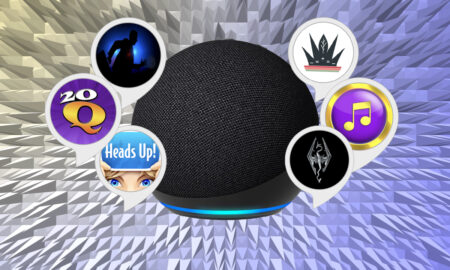We talk to Rich Suplee about how Amazon develops new voice features
Alexa’s world domination is taken as gospel in the smart home world. But alongside the researchers and scientists with bold visions for how we interact with our machines, what people IRL want from their voice assistants, together with how they actually use them, is just as important to what’s coming next.
Amazon Alexa is getting smarter with exciting new features such as the ability to remember information, Brief Mode, the new Echo Dot Kids Edition and enhanced Routines.
We asked Rich Suplee, head of Alexa EU at Amazon, to talk us through some of the wider changes we’re starting to see and where those Alexa features are coming from.
Alexa gets emotional
Amazon execs gave us a glimpse last year into the ongoing work to build a more emotional AI assistant. Over the years the Alexa teams have intentionally made the assistant more human-like and likeable with additions (some country specific) such as allowing the AI to whisper, pause and say words like “yay” more emphatically.
“At the base level, emotional AI means making sure that the way Alexa interacts with people is as natural as possible,” says Suplee. “Of course this is something we are always working on, whether it’s refinements to her tone, developments in her personality, and how conversational the interactions with customers are. She will become more emotionally intelligent over time, but right now it’s early days. We’ve achieved a lot but really we’ve only scratched the surface of what’s possible.”

Alexa with screens and cameras
Amazon’s assistant platform is already transforming – you might still have an original Echo in your home but it’s no longer a voice only service in input or output, and chances are your next Alexa speaker will look a little different.
Emotional AI means making sure that the way Alexa interacts with people is as natural as possible
Smart displays – as Google calls them – like the Echo Show and Echo Spot have screens that both Alexa and users can interact with, while the Fire TV 4K is gunning for the biggest screen in the house.
“If we’re thinking about how this could evolve in the future, we could take a look at how the service has already evolved,” says Suplee. “When you add a screen and a camera with Echo Show and Echo Spot, Alexa had to learn how to respond differently, and perform new tasks, based on these different devices. Requests to play or show something had to be interpreted differently.”

Alexa around the house
Whether it’s devices with a clear aim, like the alarm clock-like Amazon Echo Spot, or simply commands and integrations that target specific rooms of the house, it’s clear that Amazon doesn’t see Alexa as a living room-only companion.
In 2018 both the kitchen and the bathroom appear to be big areas of interest for Amazon and its partners, with Alexa cooking controls on the agenda for ovens and microwaves from Whirlpool, Samsung, LG and GE – plus Suplee points out existing skills like Recipedia and the popular feature of setting kitchen timers. And we got a whole smart bathroom suite from Kohler at CES.
“The feedback that we get is that once our customers experience being able to ask Alexa to control activities in their home,” says Suplee, “they want to be able to use it in every room of the house, for different tasks, and even outside of the home. What this means for us is that we have to look at adding new features that are genuinely useful, wanted or needed.”
We’ve even recently seen rumours online that Amazon is secretly building an Alexa powered home robot, codenamed Vesta, that follows you around the house, although that’s not confirmed. Whether or not it’s true, this also points to the ways in which the smart home could especially help specific groups of people, such as the elderly or people with disabilities – something Amazon is aware of.
“We hear from a lot of customers that a voice powered smart home is a real Star Trek moment for them,” he says, “and we also hear from customers who are visually or mobility impaired that being to manage their homes with Alexa has made a significant impact to their everyday lives.”

Alexa outside the home
Ultimately, voice assistants aren’t going to be tied to the smart home forever – the connected car, intelligent office and smart city beckon. Amazon has a headstart here with Alexa for Business, which Suplee says “had to be designed with employees in mind, thinking about the most useful ways that Alexa could work with managing their calendars, dialling into meetings, or searching for information.”
And, according to Amazon’s Alexa boss for Europe, the same audience and context-aware set of features will apply to connected cars. You can already get Alexa in your car with an Echo Dot, but dedicated accessories like the Garmin Speak Plus are already popping up and Alexa is coming to some Toyota and Lexus cars, as well as Ford’s Sync app and Panasonic in-car infotainment systems, later in 2018.
“It’s all about context – exactly the same process that we would go through when we’re thinking about what’s most useful in each room of a house,” says Suplee. “What’s the context of being a car and what is someone going to need from Alexa in a car, versus in a house? Examples that immediately come to mind are that people will want to know where the nearest petrol station is, get information without having to take their eyes off the road, or to be able to say “I’m coming home” and that kicks off a certain Routine in the home – like pre-heating the house ahead of when they get back. It’s a hands-free environment so it lends itself very well to voice.”
Amazon’s long term ambition is that Alexa responds not only with the correct answers – and the latest 5,000 question study shows that it’s catching up to Google in terms of accuracy – but also alters the manner in which it responds depending on who it’s talking to, when and where, the car being a prime example. Suplee says this is all “very early”, with a lot of new ground for Alexa experiences ahead.
And that’s where user feedback comes in: “We’re constantly adding new knowledge, features, new skills – and whenever we can, we base these on what customers are telling us they would like Alexa to do. We’re also looking at the ways that customers can personalise their own skills and experiences. This is what we call a Day 1 job – we’ll never be done here.”
New Alexa 2020 hardware revealed






